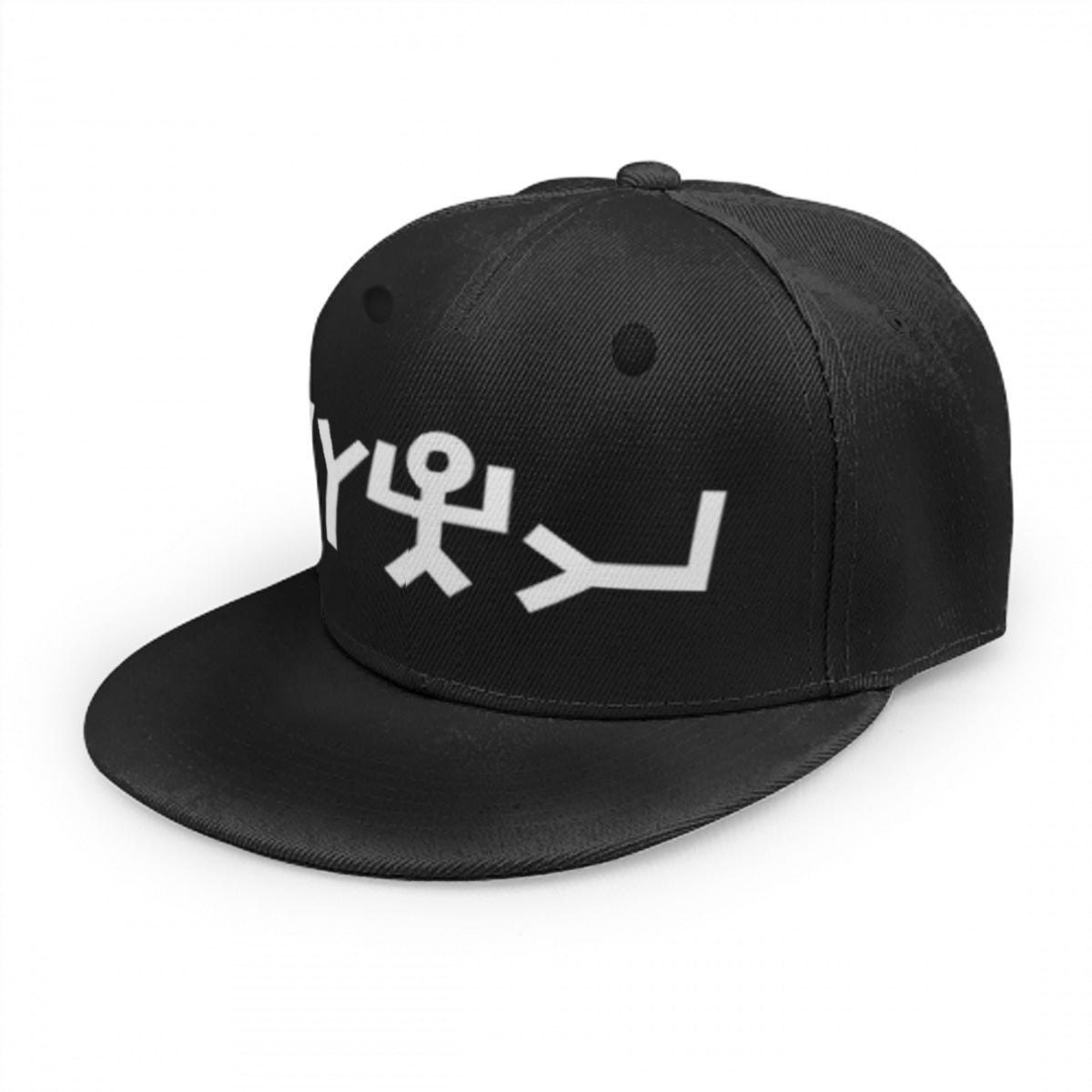A brief look into what our ancient ancestors wore and how their belief system shaped the way we should dress based on the laws of The Most High God.
- Priestly Garments: The priests of ancient Israel were responsible for performing various religious ceremonies and sacrifices, and they wore distinctive garments for these purposes. The Levitical priesthood wore holy garments consisting of the ephod, a type of tunic made of linen and embroidered with gold, was worn over the priest's robe and decorated with precious stones. The breastplate, worn over the ephod, contained twelve stones representing the twelve tribes of Israel. Other elements of the priestly dress included a turban, sash, and the Urim and Thummim, which were used for divination. These garments were designed to convey a sense of honor and dignity, and to set the priests apart as holy and distinct from the rest of the people. The religious symbolism behind the priestly garments reinforces their sacred importance in the temple service, which continues to influence traditional Jewish dress today.
2. Biblical Dress Codes: The Bible contains numerous references to dress codes and regulations, which were often designed to promote modesty, purity, and respect for God. These purity laws and dress regulations reflected the moral standards of the Israelite culture, with Deuteronomy 22:5 forbidding cross-dressing, and Leviticus 19:19 prohibiting the wearing of clothing made from mixed fabrics. Other regulations relate to the wearing of tassels or fringes on the corners of garments (Numbers 15:38), the use of head coverings (1 Corinthians 11:4-6), and the importance of dressing modestly and with humility (1 Timothy 2:9-10). These dress codes reflect the values and beliefs of the Israelite people, and they continue to influence religious dress and behavior to this day. The cultural identity of the Israelites is reinforced through the dress codes established in the Bible, which promote traditional dress and behavior.
3. Symbolism in Israelite Clothing: The clothing worn by the Israelites in the Bible often had symbolic meaning, reflecting their cultural and religious values. For example, the fringes or tassels worn on the corners of the tallit represented the commandments of God (Numbers 15:38-39). The high priest's crown, decorated with a golden plate inscribed with the words "Holy to the Lord," symbolized the priest's role as a representative of God (Exodus 28:36-38). Other garments, such as the linen robes worn by the priests, represented purity and holiness. These symbolic elements helped to reinforce the religious beliefs and practices of the Israelites, and continue to be important in Jewish culture and worship today. The spiritual significance of these symbolic elements in clothing plays a major role in reinforcing Jewish identity and religious beliefs.
4. While much attention is often given to the ceremonial and ritual garments worn by the Israelites in the Bible, they also had everyday clothing for work, travel, and leisure. Men typically wore tunics or robes, sometimes with a belt, while women wore long dresses or robes with a sash. Footwear consisted of sandals or simple shoes, and head coverings such as hats or veils were worn for protection from the sun or dust. These garments would have been made from a variety of materials.
